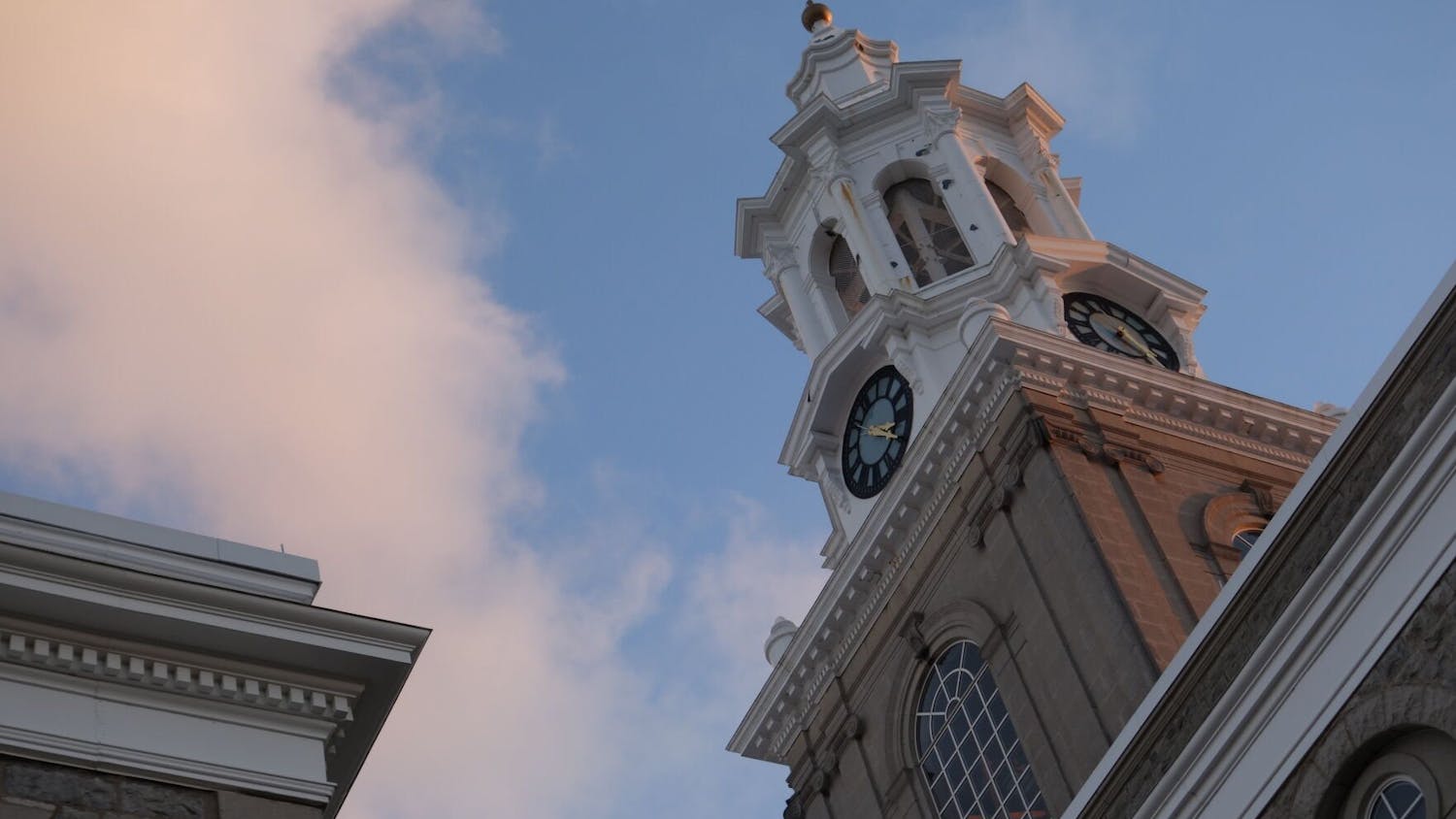Until recently, my walk to South Lake Village was very peaceful. But then people started stalking me. Not just people - people in cars. They would circle around the lots and when they saw me walking, they would be filled with hope. Was I was going to get my car and open up a spot so that they could park? Needless to say, they came away disappointed.
Unfortunately, the parking crush will never be remedied with the current prescription of ignoring the problem or telling people to wait. What is even worse is that this is caused by years of mismanagement, thanks to urban pipe dreams. The paradise of large houses in spread out complexes and a (hopefully fuel efficient) SUV in every driveway never panned out, and the disasters of urban sprawl were exemplified in every aspect of North Campus.
The failure of the plan can be seen in the creation of the New York City highway system in the last half-century. Those in power, especially Robert Moses, a New York state municipal officer, embraced the simple solution of building more roads and tunnels to remedy traffic woes. He built bridges and tunnels and highways thinking that this would decongest the city roads. However, with every new section of pavement, more cars came onto the road and spiraled the traffic of the city out of control.
Digging a little deeper, the problem exists with the whole notion of urban sprawl. Despite working models of European cities that are compact with either everything in walking distance or adequately available through public transportation, the U.S. needed to be different. Cities realized the importance of mass transportation too late, and now places like Buffalo have passed the point of being able properly to fund a more expansive subway or bus system. However, that is not an excuse to so easily give up hope.
So when North Campus was built, it had two basic premises of urban sprawl. First, UB assumed that everyone would be able to get everything and anywhere they needed. Second, the campus was built in the urban model of having buildings go out instead of up, starting us down the path that leads to everything you know you gripe about: windy paths, no parking, the distance from downtown - okay, everything except the football team.
Now that we are in this hole, there are few viable solutions. North Campus is not going to be drastically remodeled to have the campus become more focused and less expansive. There is no problem with hundreds of students living on campus, but the nature of an isolated campus is different than that of an isolated city, in that need for goods and services cannot be met for students. UB has to balance the separation from the city with the realization that people are going to need to get out of their dorms and go to the city to shop or work.
The other problem that comes with sprawl due to the lack of public transportation around North Campus. The mix of commuter students, University Heights residents and South Campus students mean that a universal solution must be conceived that will foster all these travelers' needs. Connecting the subway line from South Campus to North Campus will be a start, and a place where people could park to ride a large and speedy subway to classes instead of driving the entire way would also be beneficial.
The lack of public transportation and the outward growth of the campus also add to the parking dilemma. The massive fields of space only increases the desire for people to have cars, and the asphalt cannot keep up. There are a couple of places where additional lots could be added - such as between South Lake Village and the football stadium - but unless UB finds a way to house multiple cars in tiny amounts of space, many ingenious solutions may prove to be temporary or even futile.
Until students can conveniently get to and from campus without having to use their cars, these traveling problems will continue to exist. We can keep putting on band-aids to hide the wounds, but until the university decides to step back to address its shortcomings, work with the city and completely revamp the system, the damage will never be healed. This is not an easy problem to deal with, but it is one that must be addressed in order to foster success and freely move onward to the twenty-first century.





